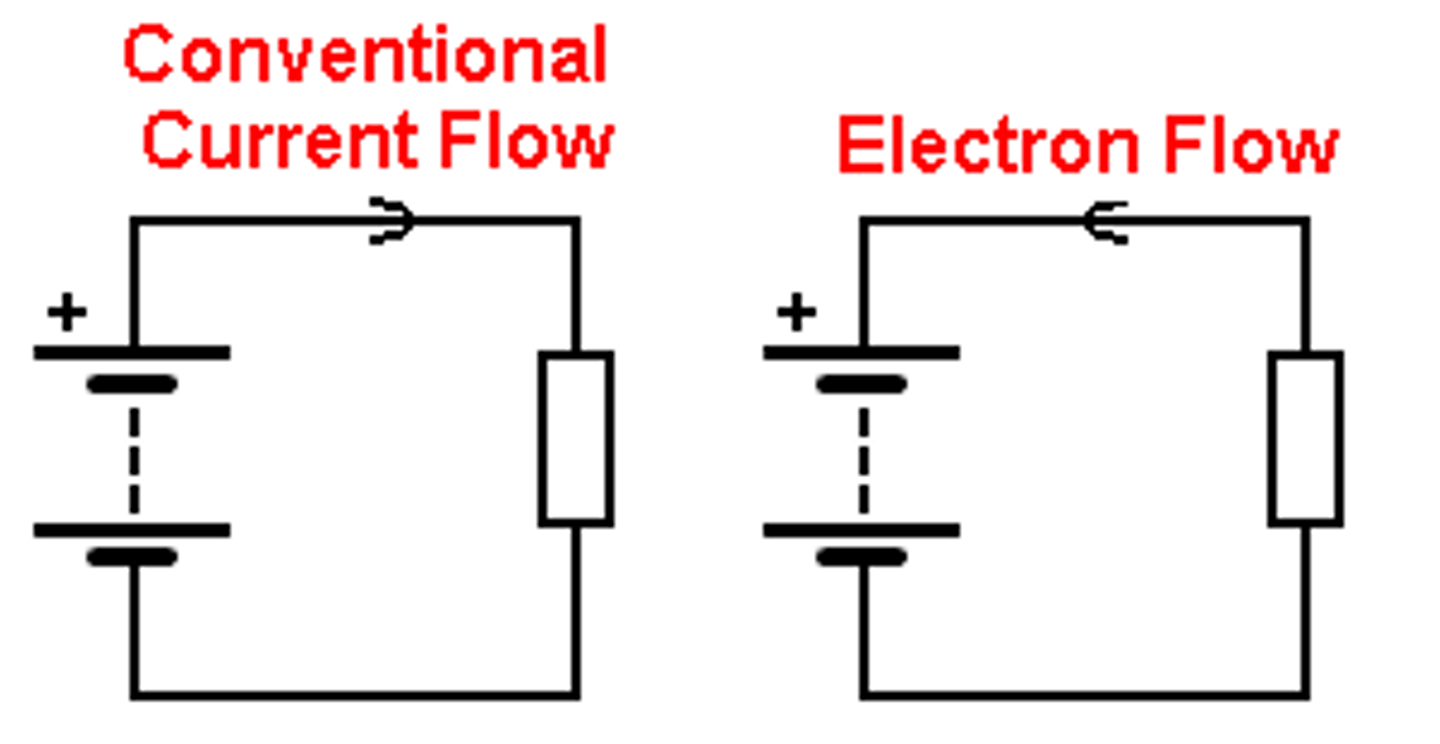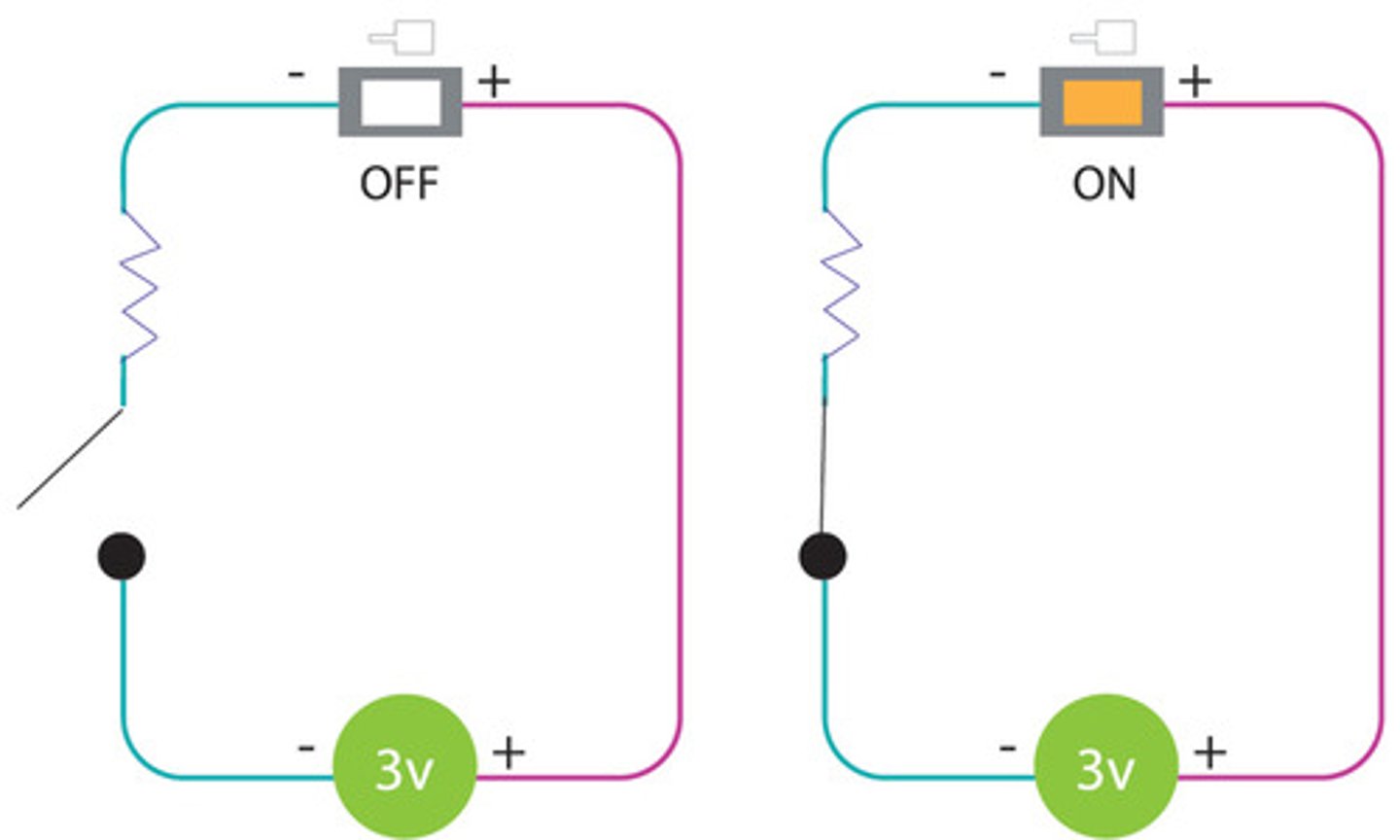Physical Science Test 11 A/B
1/19
There's no tags or description
Looks like no tags are added yet.
Name | Mastery | Learn | Test | Matching | Spaced |
|---|
No study sessions yet.
20 Terms
a cluster of many atoms whose magnetic fields align and so act as a magnet.
Magnetic domain
current that flows from the positive side of the battery to the negative side; this is the way current is drawn in circuit diagrams, even though it is wrong.
Conventional current
charging an object by rubbing two items together so that electrons transfer from one item to the other.
Charging by friction
charging an object by allowing it to come into contact with an object that already has an electrical charge.
Charging by conduction
he rate of flow of electrons moving past a fixed point in an electric circuit
Electric Current
Materials through which electrons can easily flow
Conductors
Materials in which electrons cannot easily flow.
Insulators
a circuit that does not have a complete connection between the two sides of the power source; as a result, a current does not flow.
Open circuit
a material's ability to oppose the flow of electric current
Resistance
materials that can become permanent magnets
Ferromagnetic materials
The closer to a charged object the ____________ the force of its electric field.
stronger
All electrical charges attract or repel one another. How do like charges differ than opposite charges?
like charges repel while opposite charges attract
A child goes down a plastic slide on a cool day. When she reaches the bottom, her mother notices that her hair is sticking up and out in all directions. Which type of charging did she experience?
Charging by friction
hen a student touches a Van de Graff generator, some of the charges in the spherical machine are transferred to the student, making his hair stick outward. Which type of charging did he experience?
Charging by conduction
What happens if the same number of electrons in the atom spins in opposite directions?
No magnetic field
Know the difference between conventional and electrical current diagrams.
(See image)
A conventional current diagram depicts the direction of electric current as flowing from the positive terminal to the negative terminal of a battery, which is opposite to the actual flow of electrons (electrical current), while an electrical current diagram would show the actual electron flow from the negative to positive terminal.

Electric current is usually measured in ________________.
Amperes
Batteries are rated by ________________.
Voltage
What are examples of the effects of a current's resistance?
- Current causing metal to heat up
- Current causing a wire to glow red
- Electrons losing energy as they move along the wire
Know the difference and be able to identify an open and closed circuit and how will that effect the power supply.
(See image)
An "open circuit" is an electrical circuit with a break in the path, preventing current from flowing, while a "closed circuit" is a complete circuit where electricity can flow freely because there is a continuous path for current to travel through.
